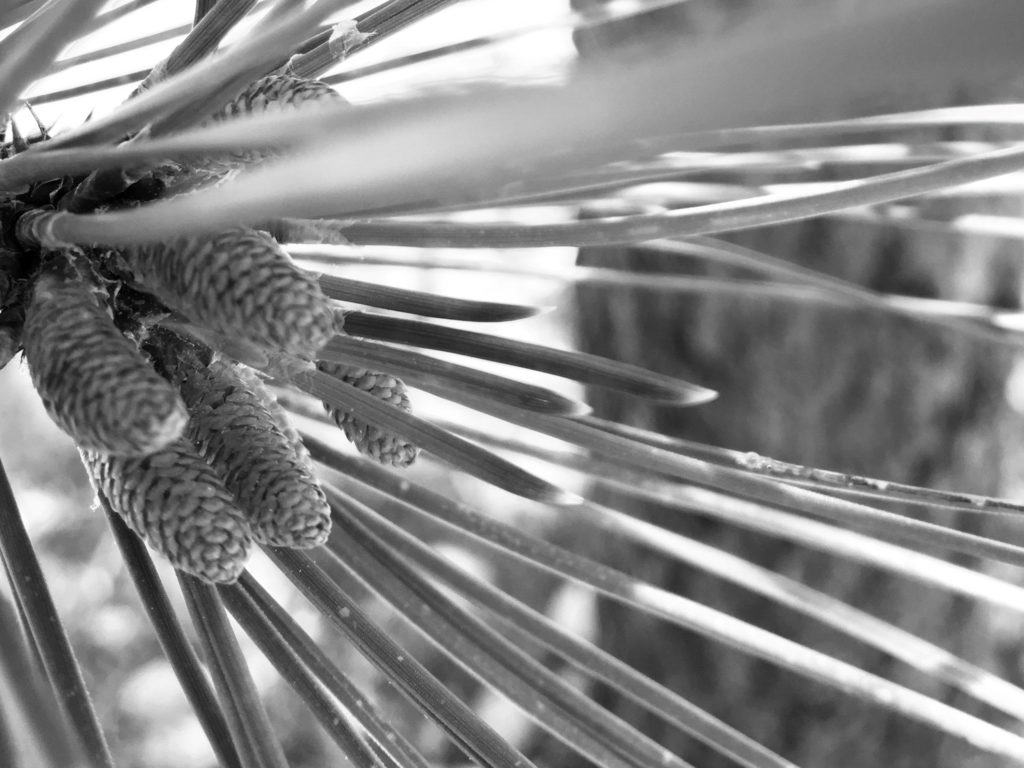I grew up in a strictly classical house, but I ended up enjoying an extremely wide variety of music, everything from death metal, to tejano. My tastes run a mile wide and a millimeter deep.
Out of this sea of noise, I do find myself regularly returning to celtic instrumentals, bluegrass, and Bach’s Goldberg Variations. Though I’ve gotten onto a jazz kick lately.
Unfortunately, I never sit down to listen to music. Music is utilitarian noise while I do other stuff, Music has been relegated to third place after audiobooks / podcasts (for brainless chores and commutes) or silence (for focused attention).
Music is for the middle tasks needs a non-distracting background noise to keep my brain from becoming anxious when the work is progressing slowly. Music can lull a mind that is spinning faster than the hand can fly.
Traditionally, the lullaby has been Electronic Dance Music with driving beat and a simple melody. I’m slightly embarrassed by how much EDM I’ve consumed on youtube, but I’m also perversely proud of this odd quirk, like my occasional interest in the Eurovision song contest.
I’ve always been too cheap to pay for concert experiences so my musical life has been 99.5% experienced over recorded media. I grok the appeal of the live experience, but for $16 I can get a plastic disc that can replay that sound sequence in perpetuity. It’s a classic 80/20 problem, especially now that it is all free on the interwebs
In theory I want to learn how to properly appreciate music properly, but what should I delete from my schedule to make room for analyzing different versions of the Goldberg Variations or jazz standards?
Even if I found time for music appreciation, I’d rather practice a musical instrument to some level of proficiency. Much like my musical tastes, I have a wide variety of instruments that I play at an exceedingly beginner level.
I played piano for a very short period as a child. I lasted just long enough to learn the elementary basics of reading musical notation.
In elementary school, I learned the recorder like every other kid. I still have the beige Yamaha recorder from 3rd grade in Mr. Edwards class.
I played trombone in high school with a disastrous stint as a freshman in the UC Berkeley marching band. Music is too ephemeral for my materialist inclinations. I need a tangible deliverable. When I started architectural studios in the spring semester that year, I found my tribe.
For quite a while I didn’t play any music, but after finishing undergrad I road tripped through the Southwest. In Albuquerque I met a guy from Alaska who spent the long winters playing the banjo. He pulled it out for a magical night, noodling on the front stoop of the hostel.
(This was before we all had the internet in our pockets. I wonder if we’ve lost a generation over the last couple decades.)
After the trip I got my own banjo, but never got any good at it. Just like all the other instruments I didn’t practice diligently. I had a short revival of playing the banjo during grad school, but hit a plateau and stopped.
A couple years after grad school, I got into blues harmonica for a few months, playing it during lunch in the empty park next to my office (no one is outside during the Houston summer). I got good enough to bend notes, but stalled out and lost interest. I’m still quite fond of the harmonica – where else can you get a professional level instrument for $45?
About seven years ago, I borrowed my parent’s ukulele which taught me the concept of chords. Playing childrens songs felt like a reasonable goal. I got far enough to buy my own ukulele (a plastic model that is virtually indestructible), but then I came across a book on clawhammer banjo at the library and went back to my old fellow.
With the clawhammer style, I got good enough to play about five or six songs on the banjo but stopped. (For a while I kept it the corner of the playroom, so I could frail on a whim, but the boy broke with the fifth string a year ago and I haven’t fixed it.)
Finally, when the boy was born, I suddenly got entranced by the idea of percussion. I first picked up a djembe (what gorgeous bass!), but settled on a darbuka because I enjoyed the asymmetrical position. But again a lack of dedication meant I never internalized any of the standard rhythms. Maybe I can blame COVID because I stopped going to drum circles and haven’t returned.
I’d like to pick up a cajon to get some snares, but given my two week dalliance with the native american flute last summer (the girl hated the sound), I’m well it would be a frivolous purchase.
If I was to buckle down and focus, I would think the banjo would be my primary instrument, but who knows when I will prioritize doing musical practice.
I enjoy my music to be sure. Just not enough to be expert at any level.
Maybe one day.
